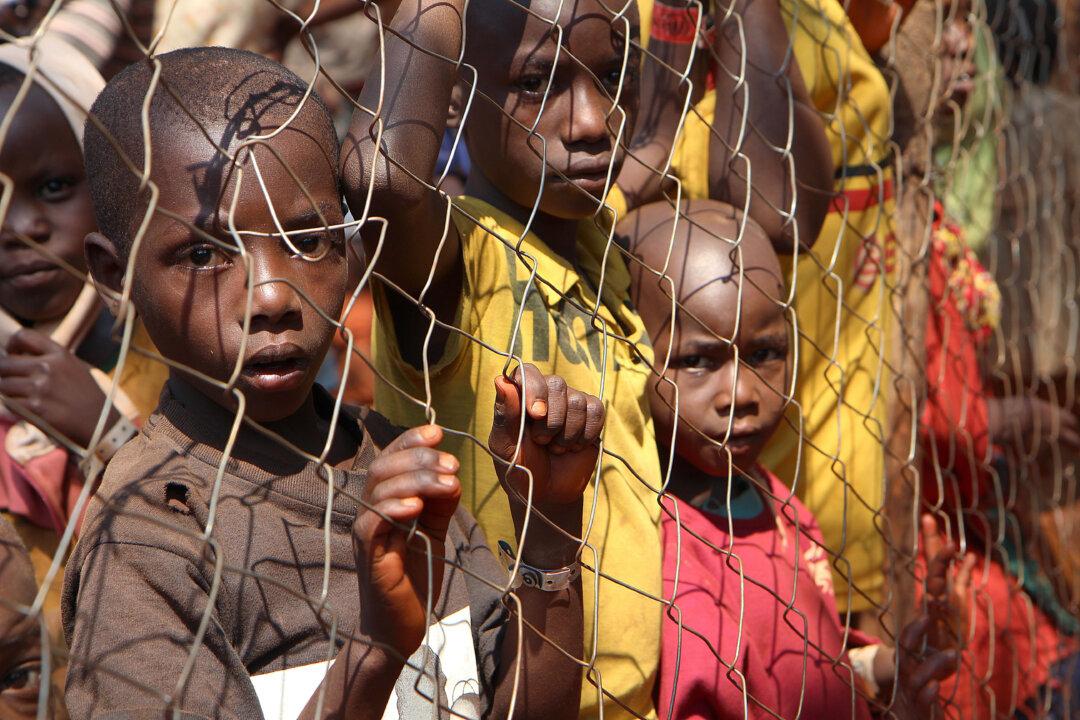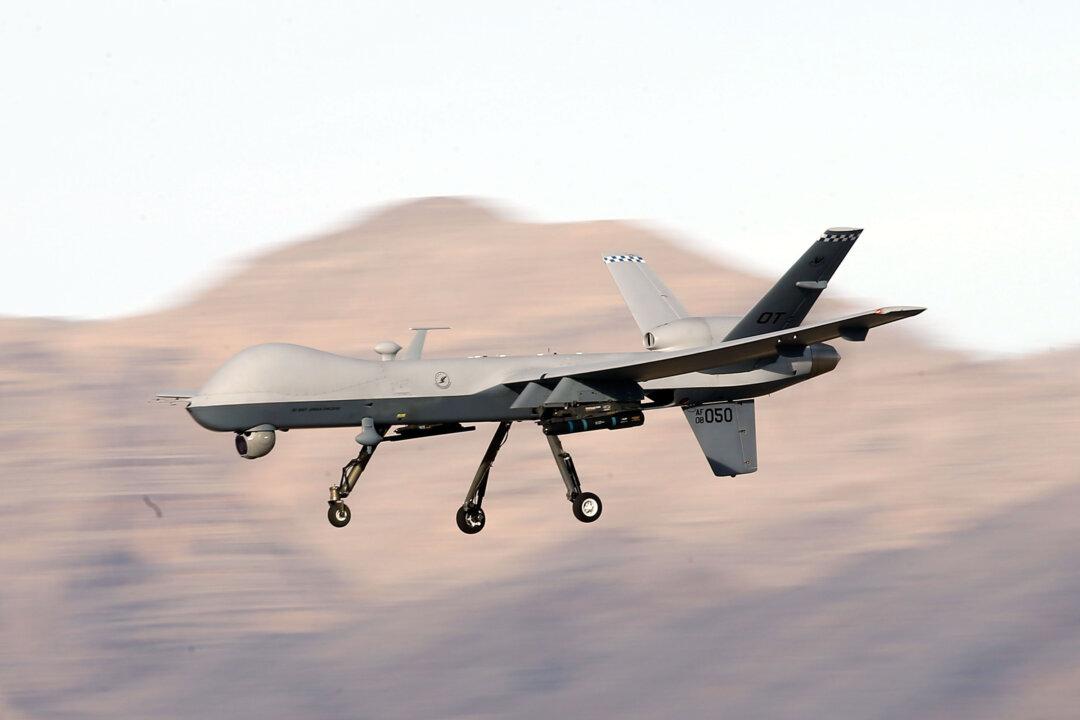The aphorism says “The poor are always with you.”
A comparable conclusion might be that refugees are always with us.
Indeed, approximately 3,500 years ago the Bible’s Old Testament account in Exodus of Hebrews leaving Egypt had numbers (according to some estimates) amounting to 1.5 million to 2 million—certainly a significant portion of the global population of the day. And they traveled in the wilderness for 40 years fed with “manna” from Heaven (perhaps the theological equivalent of United Nations Development Program assistance dispensed in the same area since the founding of the state of Israel in 1947).
The U.N. estimates there are 60 million refugees in the world—approximately the population of Italy.





